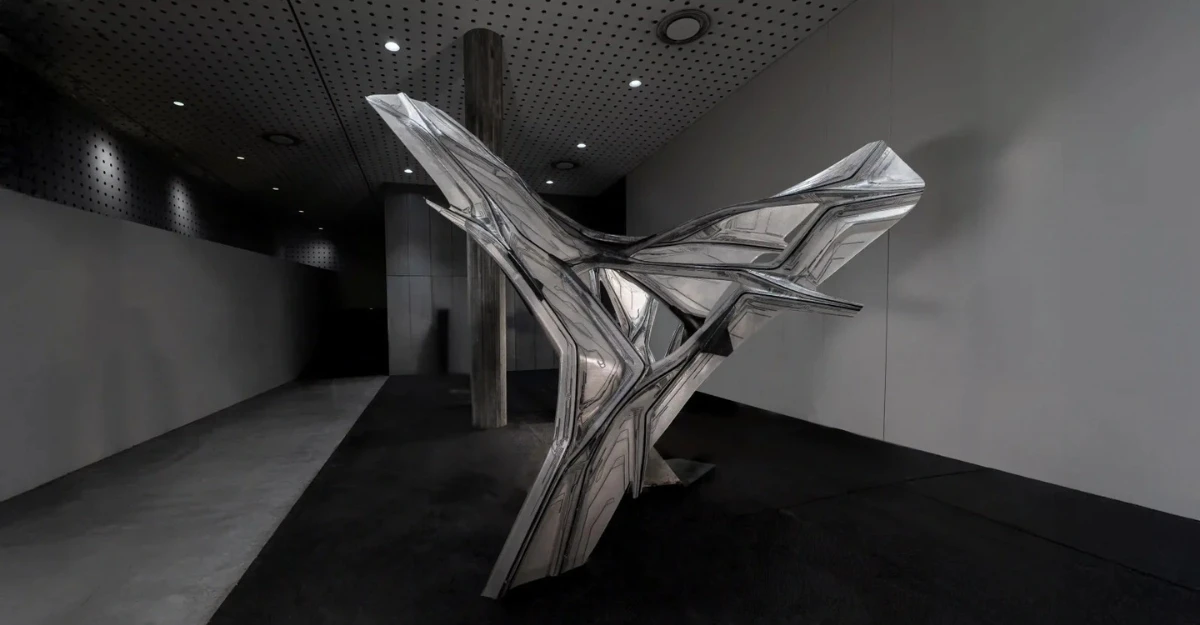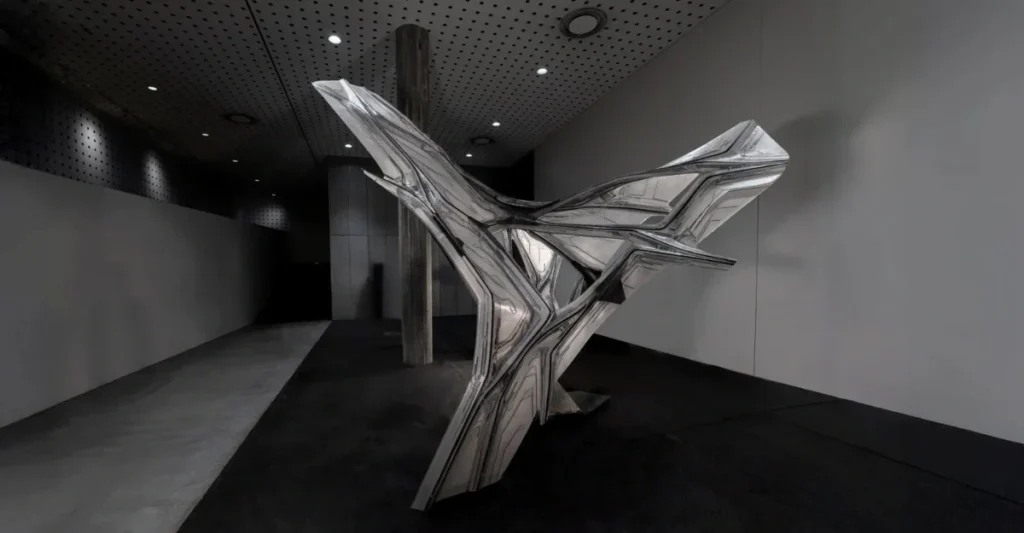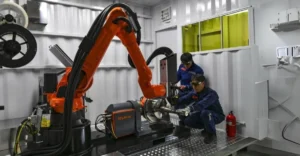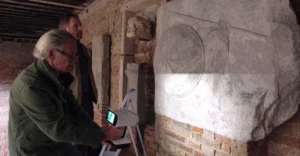RMIT and Boeing collaborate on Ghost Tectonics, a pavilion merging 3D printing, carbon fiber and AI to rethink construction.
A curious thing happens when you combine aerospace engineering, generative AI, and good old-fashioned architectural ambition. You get something like Ghost Tectonics – an experimental pavilion that might just point to construction’s future while bending a few design rules in the present.
The project comes from Roland Snooks and his team at RMIT’s Tectonic Formation Lab, with Boeing lending some aerospace know-how. At first glance, it’s another striking architectural installation. Look closer though, and you’ll see what makes this different – a marriage of 3D-printed polymer and precisely placed carbon fiber that creates structures both lightweight and strong enough for real-world use.
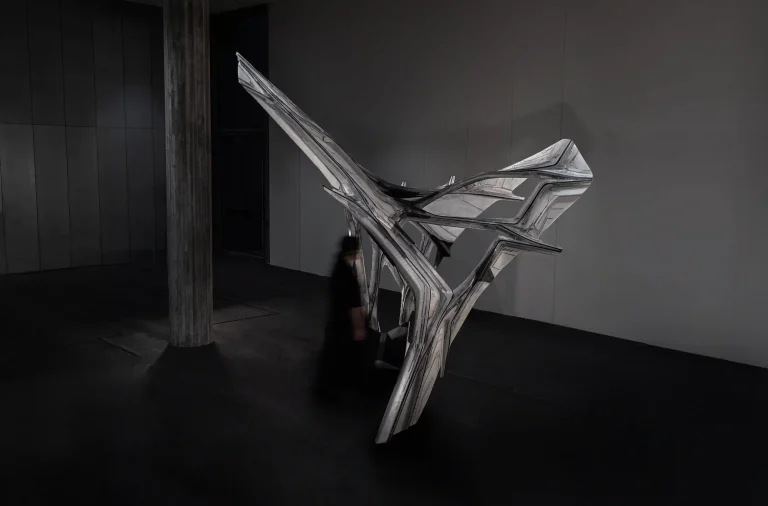
Ghost Tectonics erases the old divide between beauty and strength,” notes Snooks. “Every carbon fiber strand serves dual duty as both visual pattern and load-bearing element. Through AI and robotics, we’re baking structural smarts directly into the architecture’s skin 3D printing meets tailored reinforcement to pioneer smarter, lighter forms. Photo credit: linkedin.
Some background helps here. Carbon fiber composites have been the holy grail of materials science for decades – crazy strong while weighing next to nothing. The catch? They’ve traditionally required expensive molds that make customization prohibitively costly. Meanwhile, 3D printing lets you create wild, bespoke geometries easily, but the materials often lack the oomph for structural applications.
Ghost Tectonics smashes these limitations together in the best possible way. The team 3D prints translucent plastic shells, then laminates them with carbon fiber placed exactly where structural analysis says it’s needed most. They’re using something called Tailored Fibre Placement – essentially robotic embroidery for carbon fiber – to make it happen.
What’s clever is how they’ve flipped traditional construction logic. Instead of building a structure then adding surface treatments, here the surface becomes the structure. The 3D-printed shell acts as “sacrificial formwork,” with carbon fiber reinforcement following the natural stress patterns of the design. The result looks almost organic – like seeing the skeleton beneath an creature’s skin.
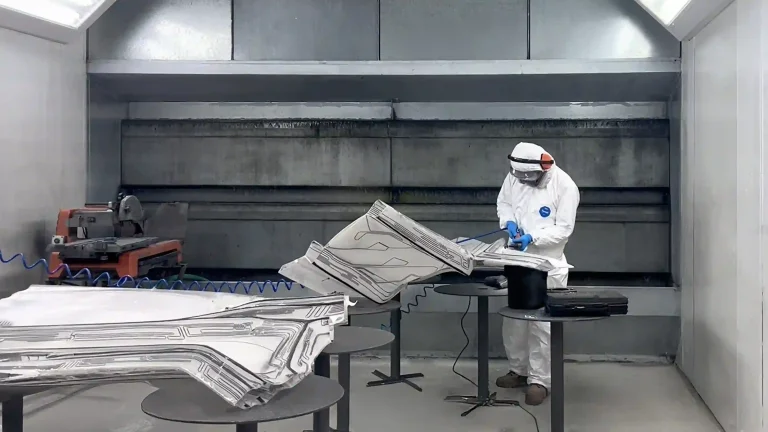
The design process itself reads like sci-fi. Generative AI created the pavilion’s form through what’s called an “agent-based” system – imagine digital termites collaborating to build something. Then another AI layer analyzed structural forces to map out the carbon fiber patterns. It’s architecture that quite literally renders the invisible visible, with carbon fiber tracing stress lines like a topographic map of forces.
For Boeing, the aerospace applications are obvious. But the implications for architecture might be more transformative. This hybrid approach could enable buildings that are both wildly creative and structurally sound, without the waste of traditional methods. It hints at a future where bespoke, high-performance structures roll off robotic production lines.
Also read: Donkervoort’s P24 RS Gains High-Tech Cooling System
The Ghost Tectonics team isn’t claiming this will replace conventional construction tomorrow. But as a proof of concept, it’s remarkably persuasive. Between the AI design systems, robotic fabrication, and material innovation, it feels like several emerging technologies converging at once. And when that happens in architecture, interesting things tend to follow.


